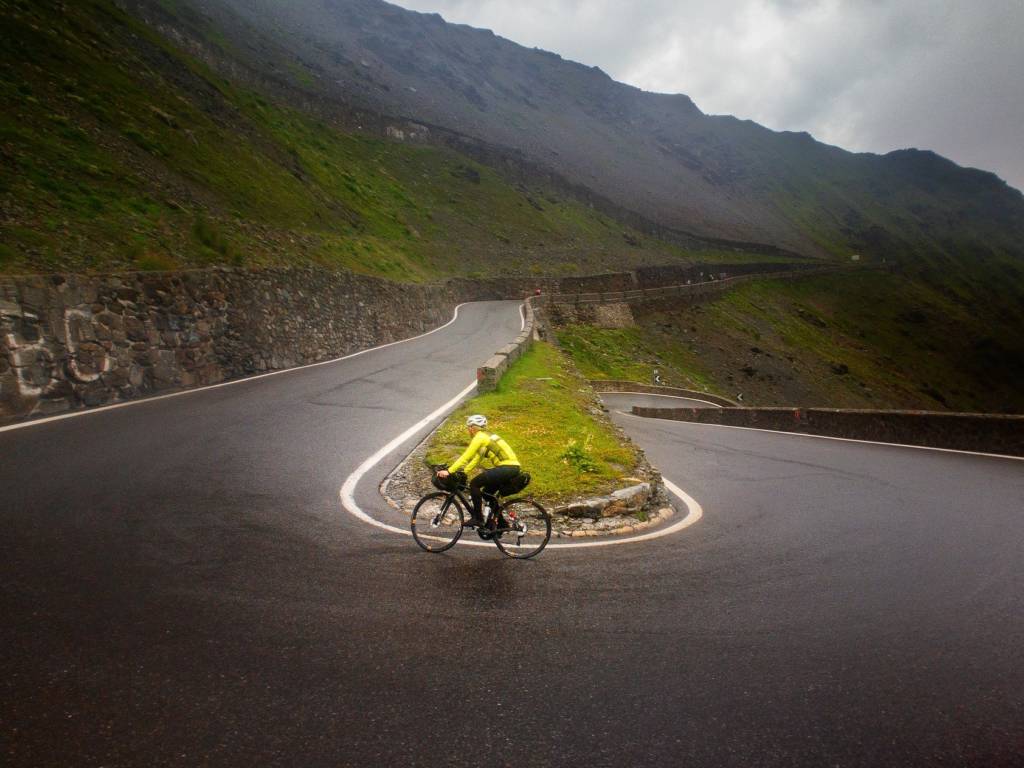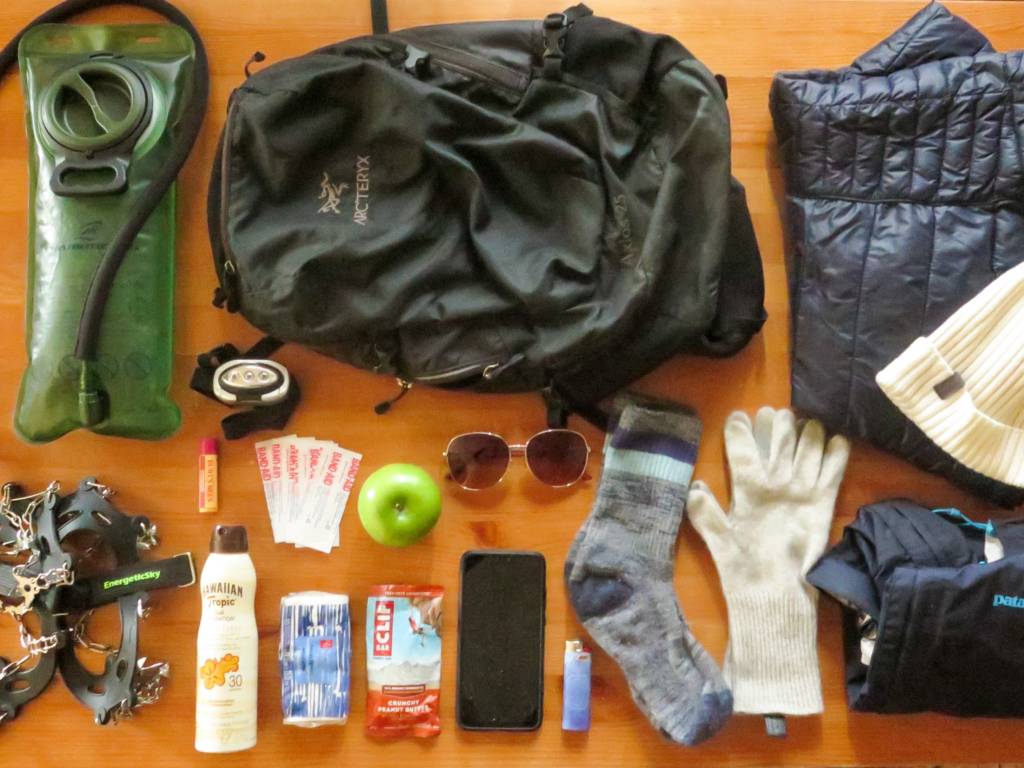What are Switchbacks in Hiking?
Table of Contents
Switchbacks can be used in reference to many different things but they are most commonly used in reference to hiking trails.
Switchbacks are when the trail zig-zags up a mountain so as to lessen the steepness of the terrain and to ensure the trail does not erode over time.

Hikers have mixed feelings about switchbacks. Sometimes switchbacks can feel monotonous and when you have been hiking for a long time you might just want to climb the “fastest” route possible and go straight up. Overall, going straight up will not be any faster because you get tired faster and will need more breaks.
Many hikers also like switchbacks because they lessen the pressure on the body and allow one to take on a more “slow and steady wins the race” mentality. Which, usually is the correct mentality to have for most people.
Sometimes you will find switchbacks sections on a flat trail, which is often created to avoid sensitive areas but these are not usually called switchbacks, they are usually just referenced as turns in the trails or something of the like and do not have a specific name. Switchbacks are almost exclusively used in reference to going uphill/downhill.
Cutting Switchbacks
“Cutting switchbacks” which is what it is called when people try to shortcut switchbacks goes against Leave No Trace principles as it leaves behind the destruction of the natural habitat.
If you are on a trail with switchbacks, especially well-established ones, please respect that and follow the trail as it is designed. Do not create shortcuts through the brush, these are habitats where nature can grow without human disturbance and the root systems can be destroyed by human footsteps causing erosion, which can cause the trail to disintegrate over time and future hikers will not be able to enjoy it in the same way, if at all.
Switchbacks in Driving and Cycling
The term switchback can be used as a reference to other things as well, such as a road for cars zig-zagging up a steep hill or for cyclists on steep biking trails. It is used in the same way as hiking though usually on a paved road or on a mountain biking trail.

Common Ways to Use Switchback(s) in a Sentence
“The trail switchbacks up the mountain for 3 miles.”
“This is the last section of switchbacks until the summit.”
“Oh no, more switchbacks!”
“I wish people would stop cutting switchbacks, the ground is eroding and now vegetation can’t grow here.”
“Our driveway is switchbacked because it is too steep to drive straight up.”
Conclusion
Get out and explore some trails and decide if you are a fan of switchbacks or not for yourself. Often less traveled/established trails will have fewer switchbacks and more bushwacking and making your own way, so if you hate switchbacks, learn more about hiking, be well prepared, and explore the less established areas.
You can read recent trail reviews or look at trail maps online through websites/apps like AllTrails or Gaia GPS to find out if a trail is full of switchbacks or not.
Overall, I like switchbacks, they are easier on my body and I know they are good for the surrounding environment. I have been hiking for my entire life and I fully respect switchbacks and am okay with them, so liking switchbacks certainly does not make you look like an inexperienced hiker. In fact, the more you understand about switchbacks and how importnat they are in protecting the flora and fauna, the more expereinced you will seem!
The more you know, the better!
Happy hiking all!

Welcome to Alpine Feeling! My name is Talon, and I am a Vancouver local who loves hiking and all things outdoors. I am here to do my best to provide you with outdoor guides to the Vancouver area and beyond.


